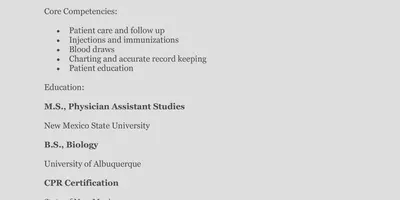
Apr 19, 2016 ● Kate Lopaze
How to Become a Phlebotomist
Phlebotomists are allied health professionals who bravely do something that makes even the toughest among us squirm sometimes: taking blood. Not for the faint of heart (or, more specifically, those who faint at the sight of blood), phlebotomists play an essential role in testing, diagnosing, and treating patients.


